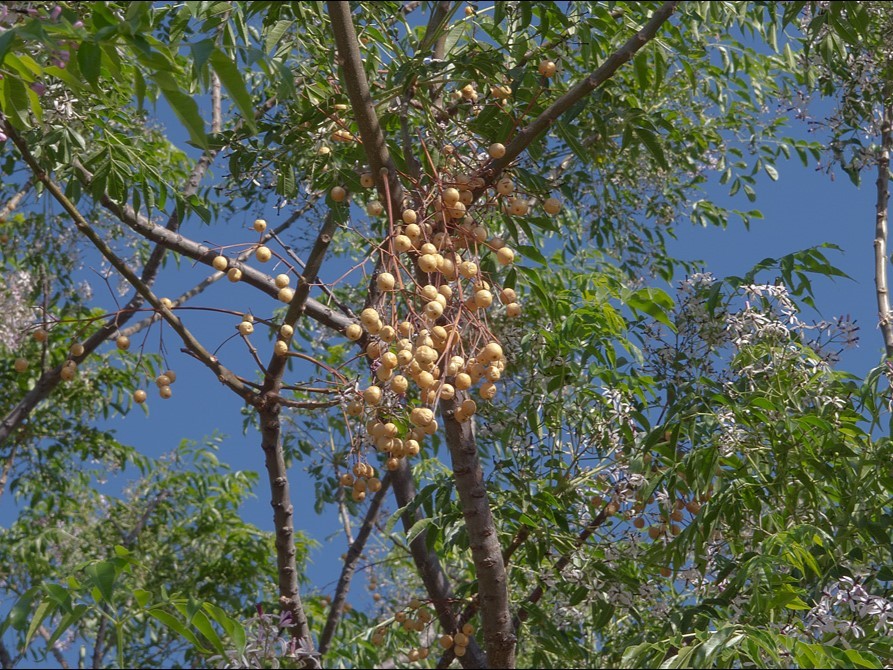Created on: Friday, Jun 24th, 2022
* Note: Had some difficulty adding references- uploading links were not functioning at the time this evaluation was created and filled out.
Most information was sourced from: Waggy, Melissa, A. 2009. Melia azedarach. In: Fire Effects Information System, [Online]. U.S. Department of Agriculture, Forest Service, Rocky Mountain Research Station, Fire Sciences Laboratory (Producer). Available: https://www.fs.fed.us/database/feis/plants/tree/melaze/all.html [2022, June 19].
A PRE evaluation completed by Lila Uzzell also informs the status of Chinaberrytree (Melia azedarach) in Georgia, U.S.A. Information provided in this evaluation is similar to the information in the PRE evaluation completed for Georgia, with the addition of a few details about seed dispersal and germination.
____
May 24 2023 - J. Burger made some revisions to the text and scoring of this PRE based on available literature and reviewer feedback.
- < 13 : Low Potential Risk
- 13 - 15 : Moderate Potential Risk
- > 15 : High Potential Risk

